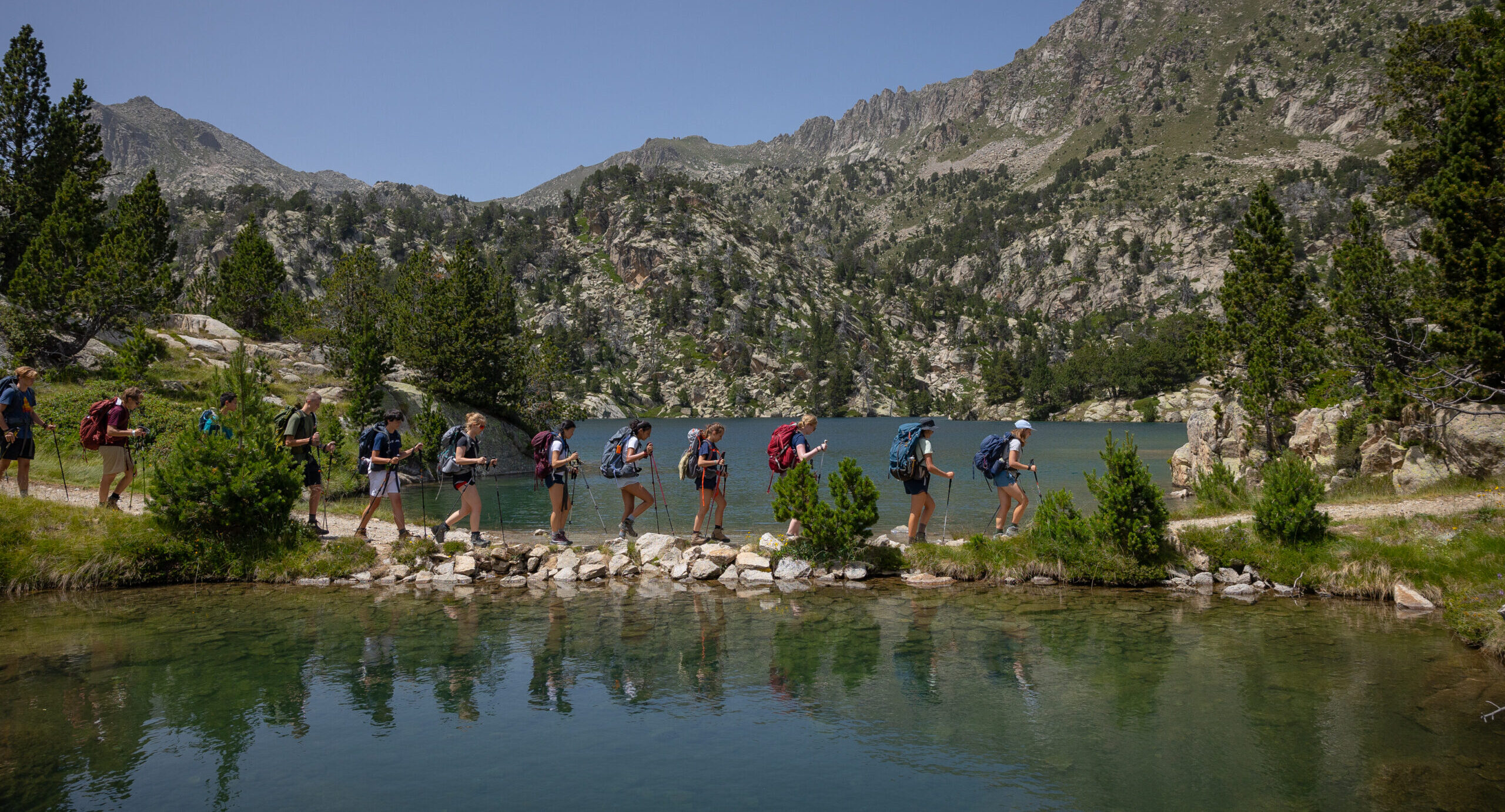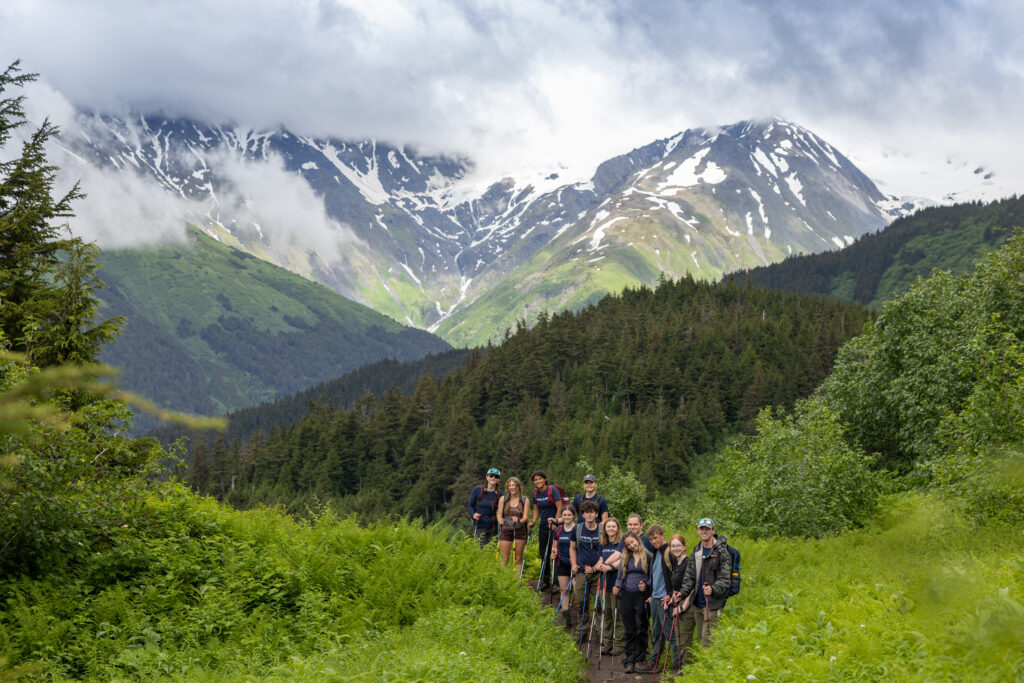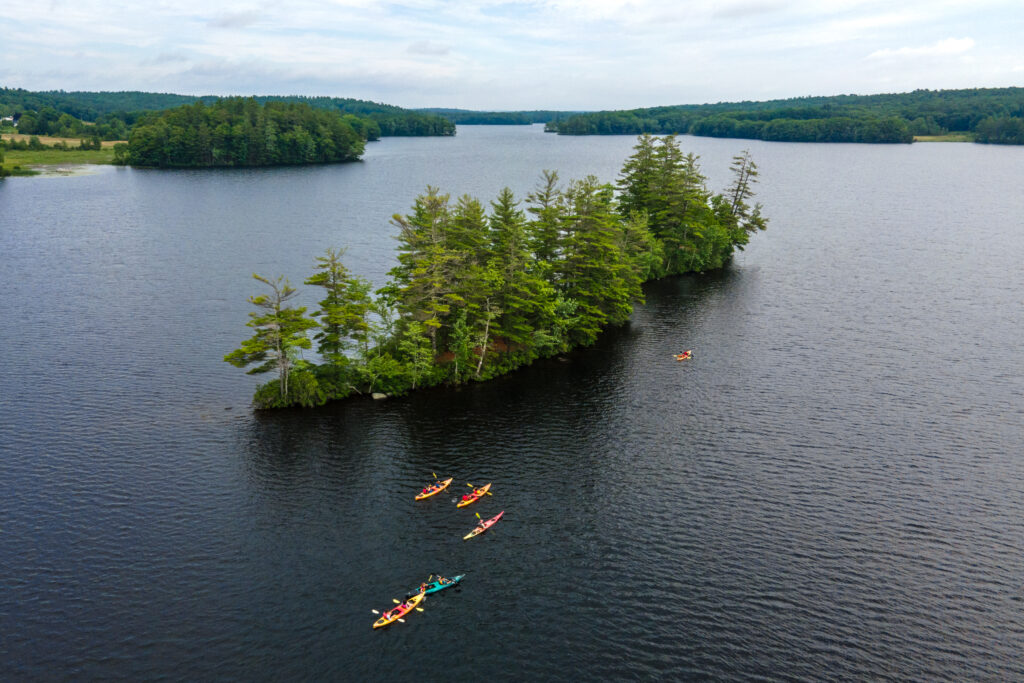Should you take a lifeguarding course before heading out on that long-awaited hiking trip with friends?
How about if you’re a summer camp counselor leading campers up into the hills?
What if you’re a hiking trip leader taking a group of teens on a backpacking trip in a national park?
The answer is yes.
And no.
Yes: You should be prepared to manage water safety (in general), and swim safety (in particular) on any outdoor or wilderness excursion.
No: You will not be prepared to manage water safety and swim safety on a hiking trip in the outdoors or in a wilderness setting by taking a standard life guarding course that would prepare you to be a lifeguard at a pool.
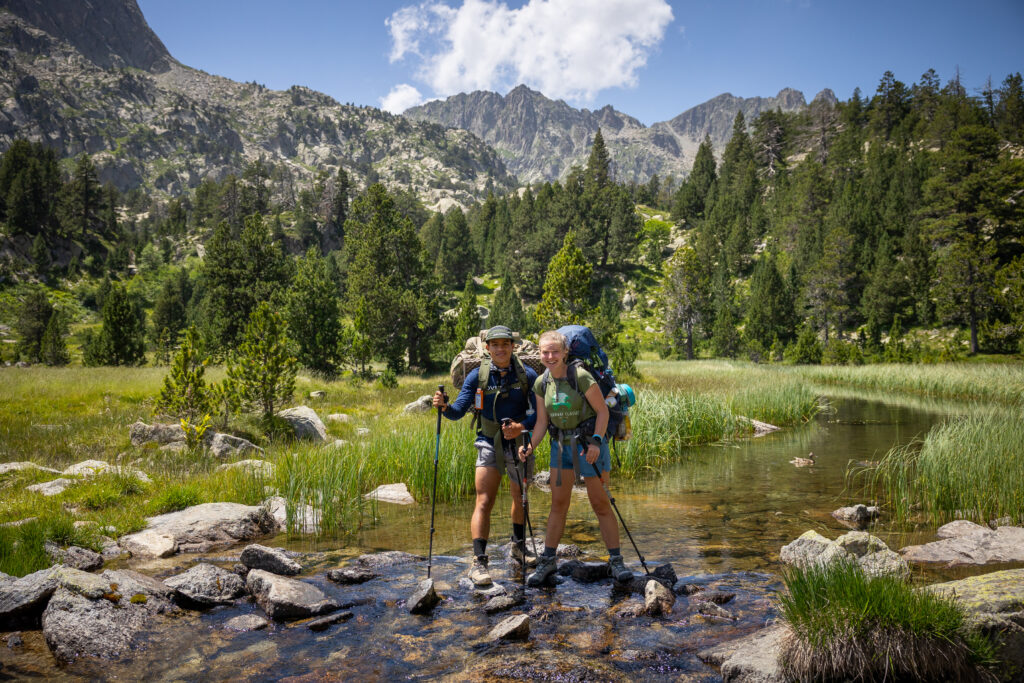
Managing risk in the outdoors is the most important job of any hiking trip leader, whether the hike is an afternoon hike across a city park or a multi day backpacking trip in a national park or a wilderness area. And managing water safety—from stream crossings on the trail to a dip in an Alpine lake at day’s end—is one of the critical skills to take with you the next time you head out on a hike.
A quick look at some of the best-known outdoor organizations—like NOLS, Outward Bound USA, and the Student Conservation Association (SCA)—reveals a commitment to practicing, teaching, and sharing the best ways to mitigate the risks inherent in exploring the outdoors. Indeed, the Wilderness Risk Management Conference (WRMC) jointly hosted by these organizations is designed to share best practices.
And when it comes to best practices in the outdoors where water and swimming is concerned, a hiking trip leader needs to be prepared to manage the risks inherent in these settings which are so markedly different from swimming pools.
So, should you just sign up at your local swimming pool for the standard lifeguarding course?
No.
A thousand times no.
The standard lifeguarding course you’ll take at a pool is designed for lifeguards at a pool.
Now, picture yourself on a hike in a national park, like Acadia in Maine on Overland’s Maine Adventure, or Rocky Mountain in Colorado on Overland’s Rocky Mountain Explorer, or Yellowstone and Grand Teton national parks in Wyoming on Overland’s Teton Challenge. Or, imagine you’re on an Overland trip in Spain on Overland’s Pyrenees Expedition or in Switzerland on Overland’s Alpine Challenge. The water you encounter in these beautiful areas will likely not be clear or still, it’ll probably be cold, and seeing the bottom will be possible as long as the water is shallow—and even then, it that might be just about impossible for a wide variety of reasons (e.g., turbidity, plant life, etc.).
These are all risks to be managed—not eliminated (that is impossible), but managed.
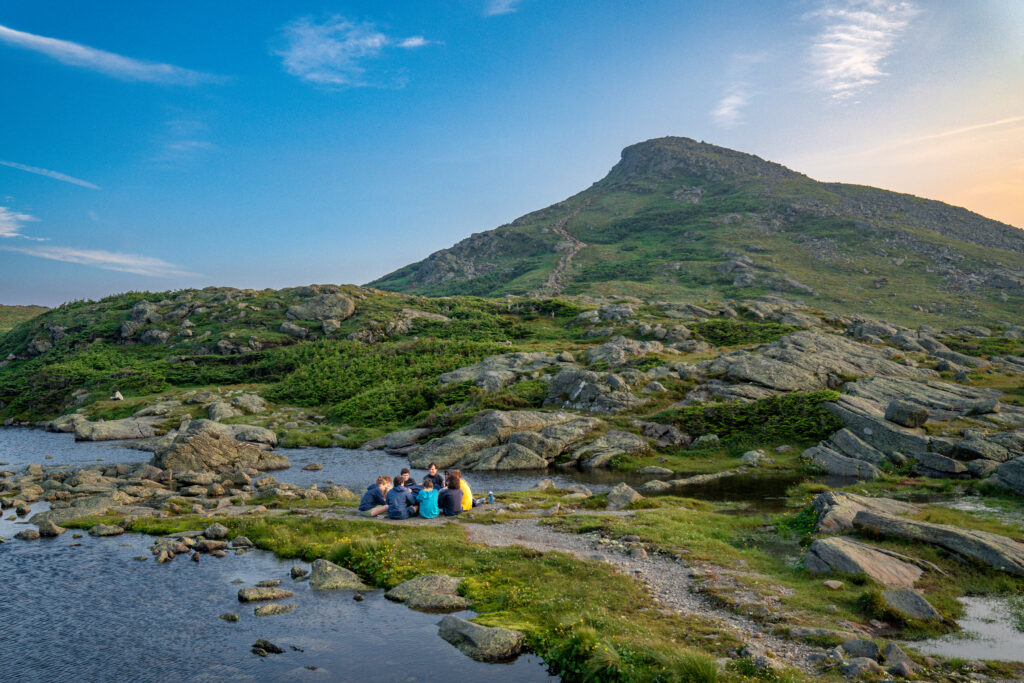
What to do?
Here at Overland, we prepare our summer hiking trip leaders to manage water and swimming risks by engaging the services of Landmark Learning of Cullowhee, North Carolina, one of the country’s premier outdoor education providers.
Landmark’s program is an industry-leading course designed to meet the needs of outdoor and wilderness trip leaders—like Overland’s summer staff of over two hundred trip leaders—with a focus on prevention that is specific to outdoor and wilderness settings.
Landmark’s executive director, Justin Padgett, commented: “Water safety personnel must be trained in the conditions similar to which they will work. Prevention through site assessment, swimmer screening, and emergency action plan development is critical. The expectations of lifeguards at a swimming pool and expectations of lifeguard training for these swimming pools is inconsistent in the outdoor and wilderness recreation industry. Wilderness Swim Safety is a stronger, more accurate fit for the risks these trip leaders manage.”
How To Choose A Summer Adventure For Your Child
Get first-hand insights into what you should look for when choosing the next summer travel adventure for your child.
When Landmark trains Overland’s summer trip leaders on water and swim safety they focus on three key areas:
- Site assessment
- Swimmer assessment
- Improvising lifeguarding equipment
These components differentiate the Landmark course from traditional lifeguarding courses. Landmark’s course combines online education and testing prior to hands-on skills training at a pond or lake. Students start in the classroom for course orientation and then travel to a pond or lake for a basic swim skills screening (100-yard swim, and a three-minute water tread without hands) and then continue on to water skills practice, skills assessments, and at course end, a series of practical exams.
Lilly Bianchi, a member of Overland’s year-round team, and the coordinator of our partnership with Landmark Learning, said: “Certifying our leaders in Landmark’s Wilderness Swim Safety is the foundation of our risk management surrounding water. The course emphasizes not only rescue skills but planning and prevention, which fits nicely into our broader approach for risk management at Overland. Landmark has built the ideal course for outdoor trip leaders. The skills and practices they teach are focused on the risks that are found in outdoors and wilderness settings. They are far and away more applicable to the situations our Overland hiking trips leaders encounter. It’s hard to imagine sending our leaders into outdoor and wilderness settings without the risk management training they receive during Landmark’s Wilderness Swim Safety course.”
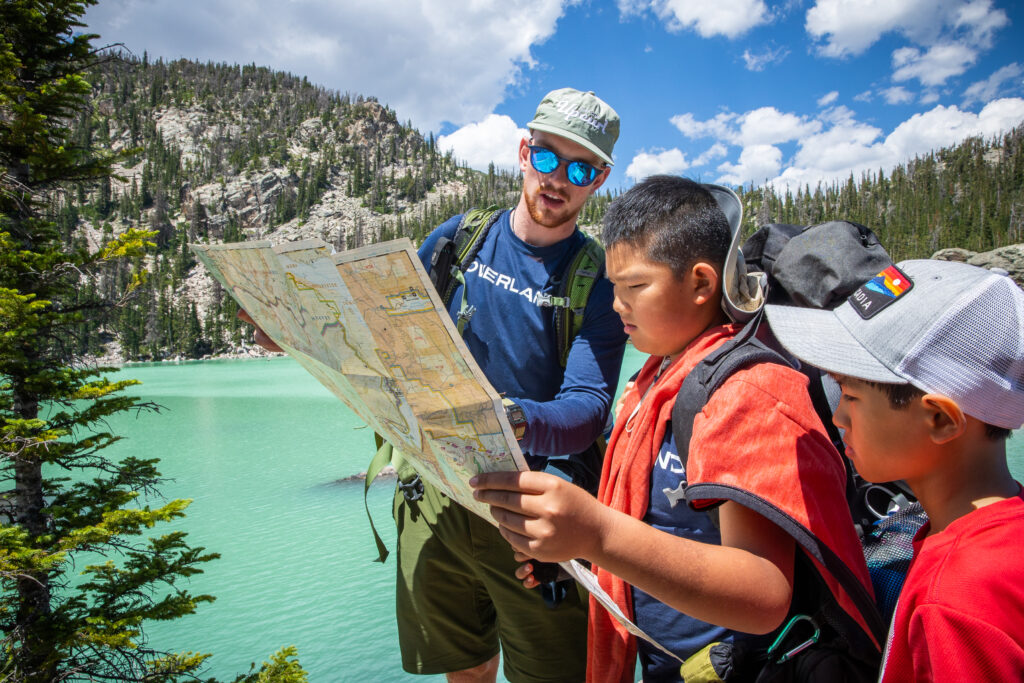
An outdoor life—free of screen time, engaged with one another, active, healthy, and joy-filled—is easy to pursue: just take a hike! That hike can be across town, or through a park, or over a mountain pass.
And, if there’s water—as there will likely be—then be prepared to manage the risks that water and swimming present. Here at Overland, we do that by having all of our summer hiking trip leaders take Landmark’s Wilderness Swim Safety course.
If you’re committed to managing risks in the outdoors, you should too.
